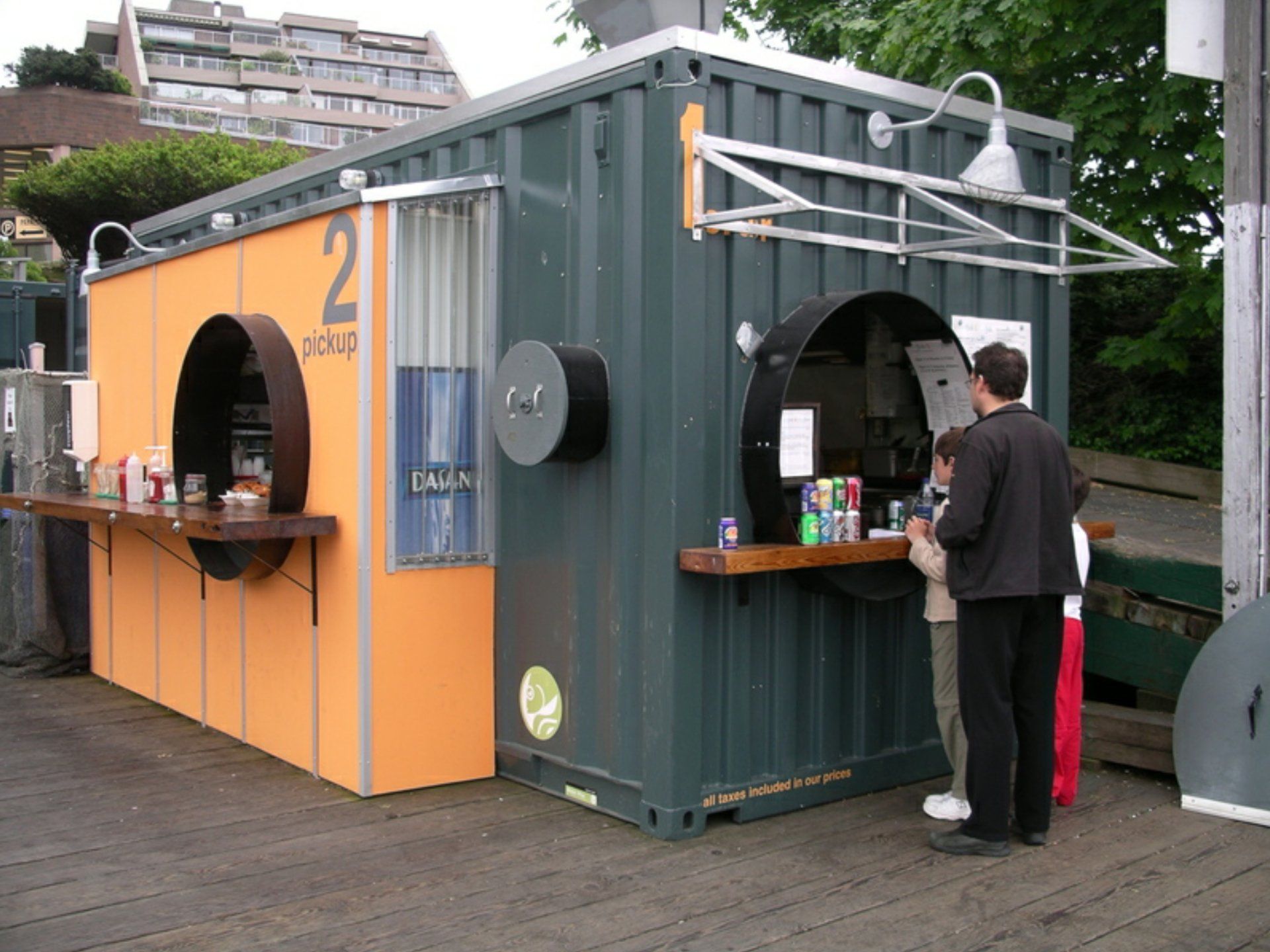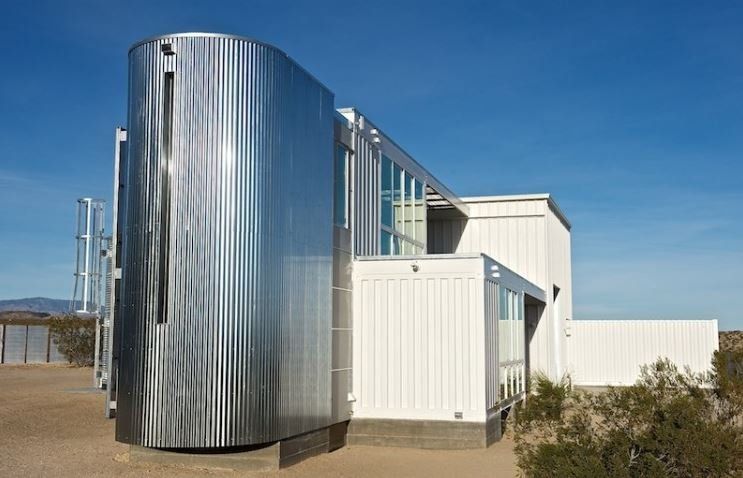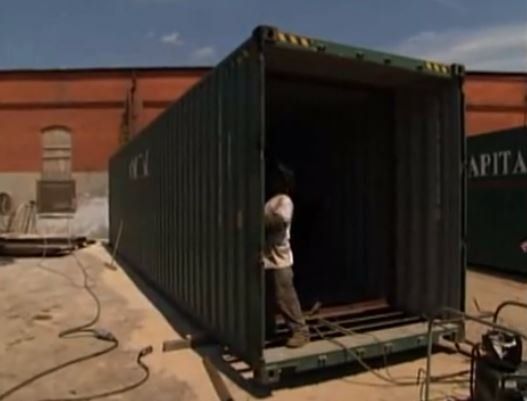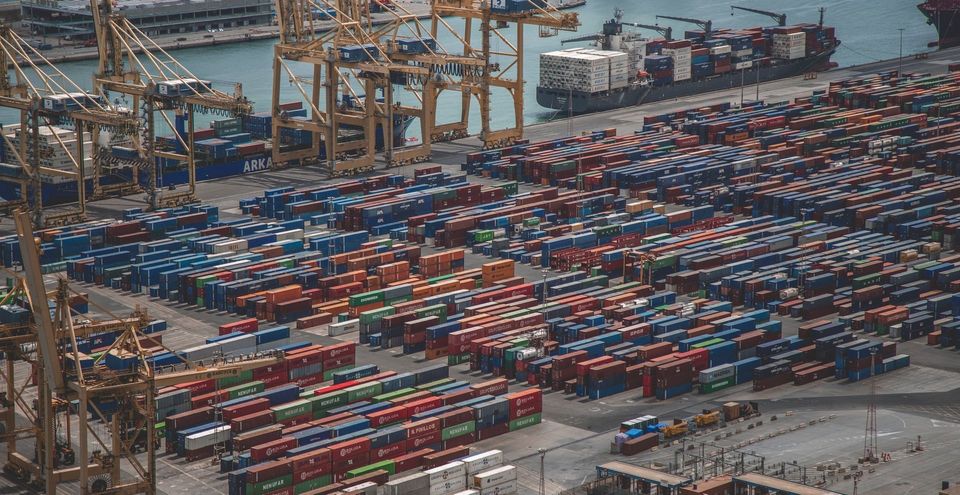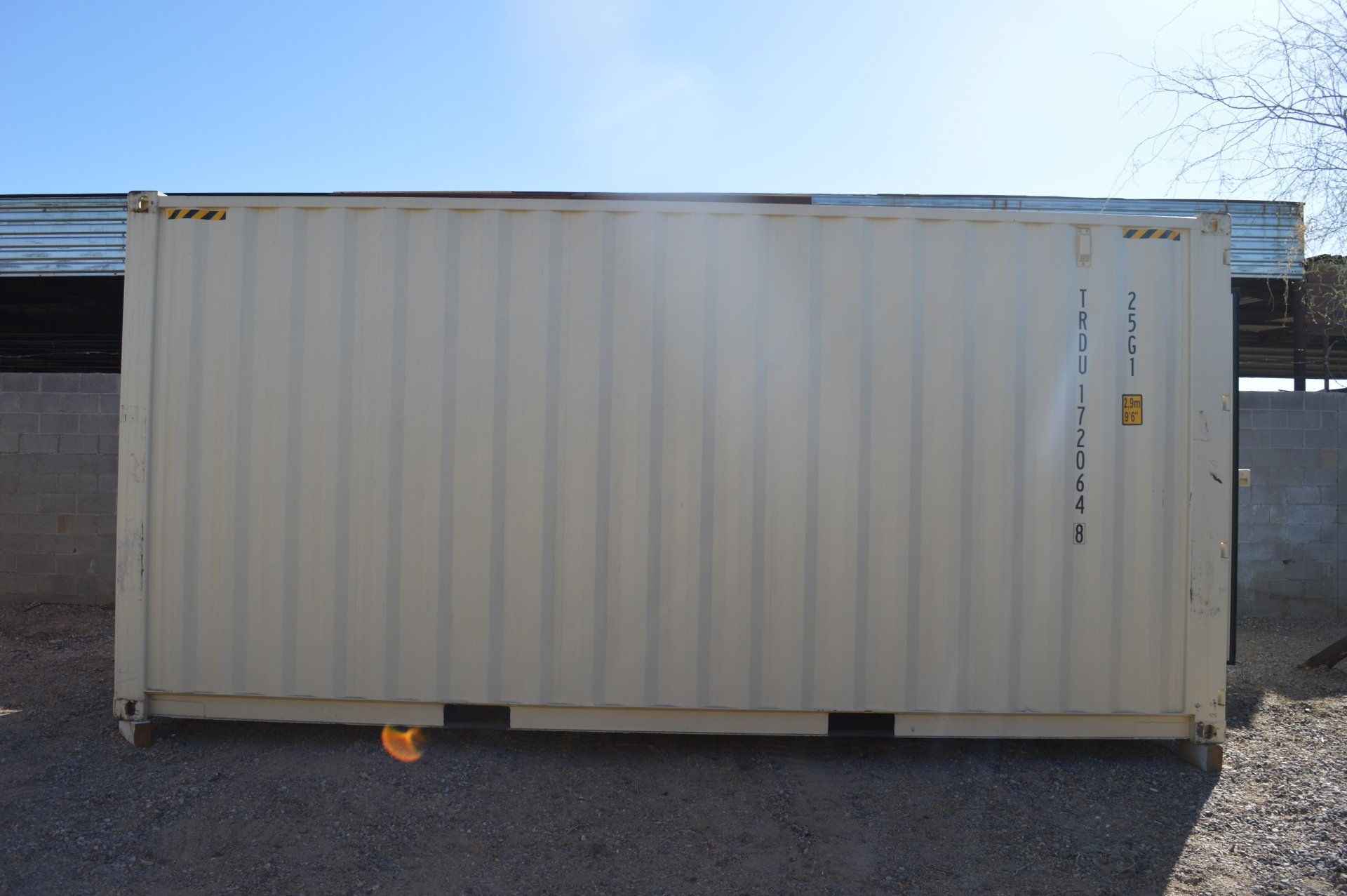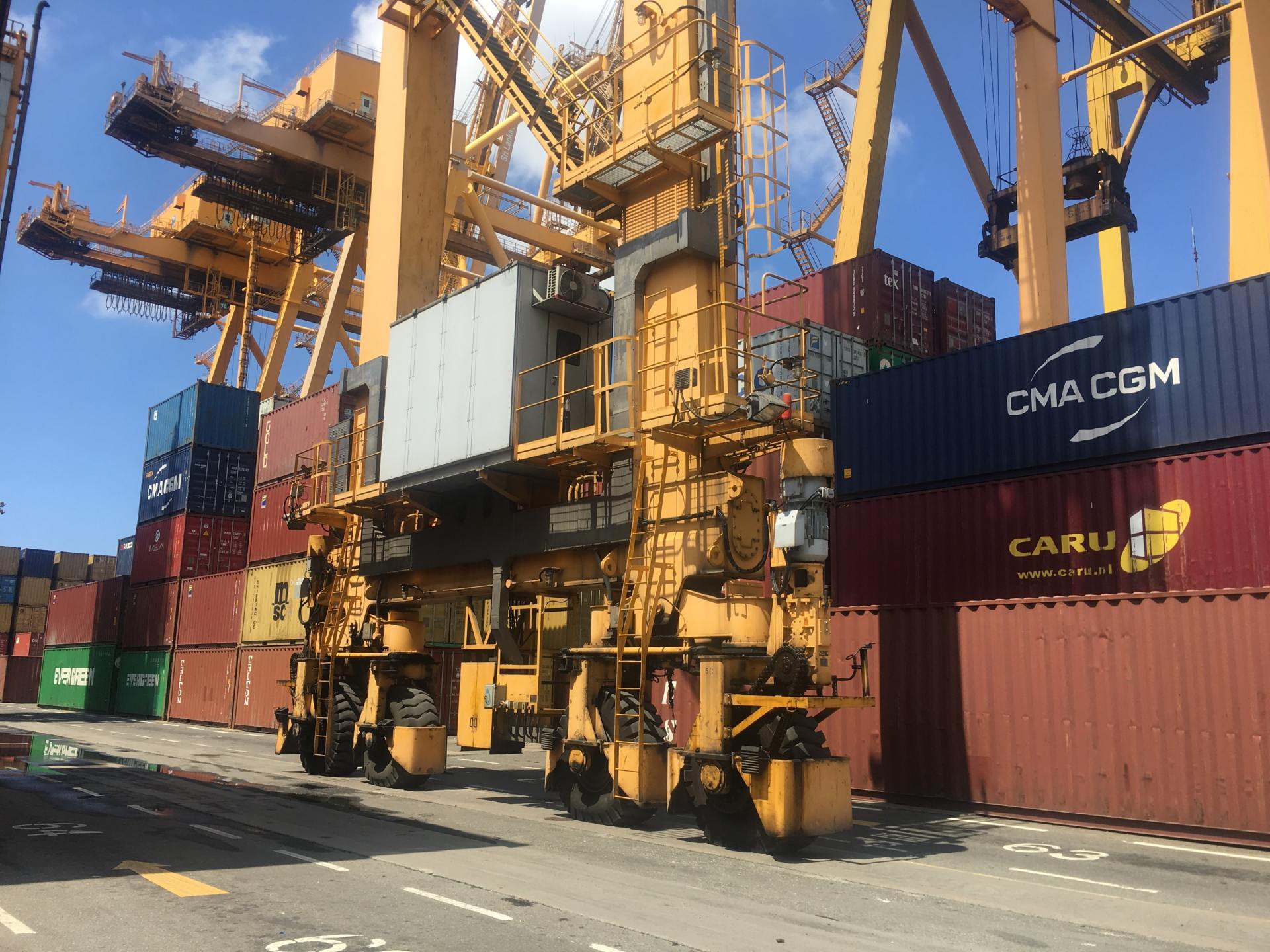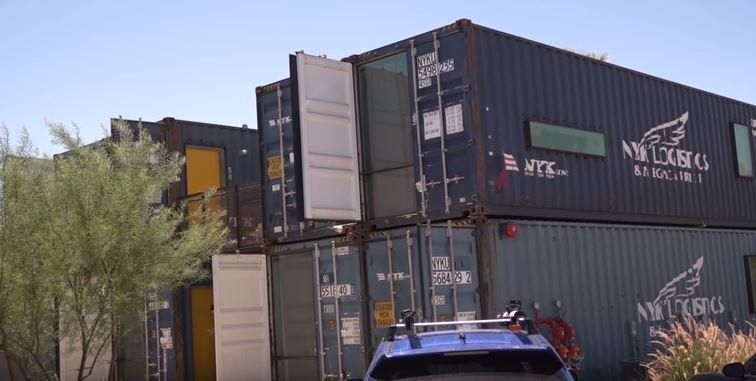Cargo Container Grades: All the Casual Buyer Needs to Know About Container Grading
You're in need of a cargo container and like most individuals you head to the world wide web to find a company that is willing to sell you one. Almost immediately after you land on the homepage of the first supplier that pops up on your Google search, and you are confronted with an abundance of acronyms that will make your head spin. To further complicate the matter you are faced with a cargo container grading system that is defined by no definite or universal system.
This leaves you dependent on a grading system that can seem complex and confusing. My goal with this blog post is to do my best to define the grades and certifications you may come across, and to help you with your buying decision.
Common Criterion:
IICL or "Premium Grade" Containers
- when you see the IICL or Institute of International Container Lessors label associated with a used cargo container you can rest assured that your future container has passed the strictest criterion out there. The IICL grade means the container is structurally sound and that it will most likely not have any issues into the foreseeable future. To visit the IICL website for more information click here IICL.
One Trip Container
- these containers are one of the best quality cargo containers on the market. They have been used only one time during their lifespan, typically traveling from Asia to the United States, and offer the purchaser a container with very little wear and tear. They are typically only weeks old, structurally sound, and cosmetically intact (minor dent, little to no rust).
CW- Cargo Worthy Container
- are graded cargo containers that have been inspected and deemed suitable for international maritime shipping. Meaning, the container has been evaluated and can be safely used to transport goods on the open ocean. What this means to you is that the container should be structurally sound and may have minor rust or dents on its surface. Cosmetically the container should be relatively clean and it is a step up from a wind and watertight container.
WWT- Wind & Watertight Container
- are cargo containers that are literally wind and watertight. These containers are great for storage as they will prevent any water or wind from entering the secure container as well as they will keep rodents out. These containers have been retired by the shipping lines and will have medium to heavy rust and surface dents. If cosmetics are not an issue a wind and watertight container may be the perfect solution for you.
"As Is"- As Is Container
- are containers that are not wind and watertight and can be expected to have a number of medium to major dents and rust damage. They may have damage to the floor and come equipped with doors that do not function properly. If you need to store product in an environment that is safe from water, light, wind and rodents; this would not be the container for you. They typically offer an affordable alternative but lack the structural soundness and protection from the elements of a wind & watertight container.
Organizations and Definitions:
CSC- Convention for Safe Containers-
was adopted on December 2nd 1972 and had two goals in mind: maintain
ISO- International Standardization Organization- ISO is an international organization working towards harmonizing worldwide technical standards; including those standard governing the construction of shipping containers industry.
A Quick Summary of the above Cargo Container Grading information.

